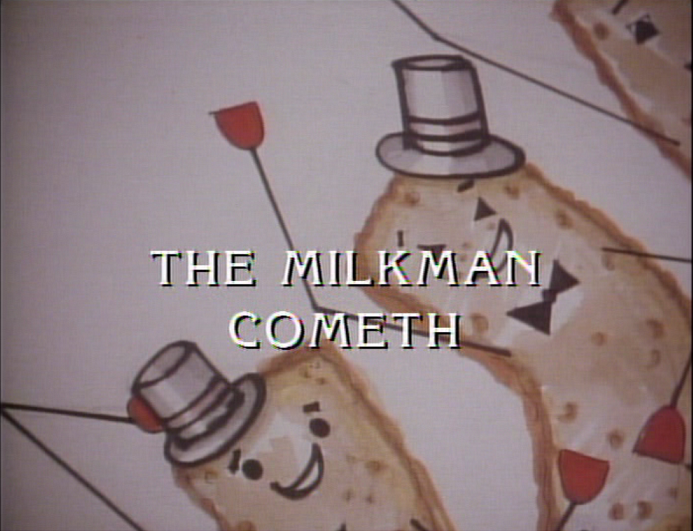

The second pillar of the circular economy relies on the circulation of goods and effectively eliminates waste and carbon emissions from a system. In order to avoid this issue, there is a large need for circulation. This way the consumer is forced to buy updated versions of a product that will inevitably end in the same demise as the previous. Many current business models and products on the market make this number increasingly hard to meet through designed obsolescence - products are designed to end up in a landfill after just a few years of use. The current economy needs to reach 17% circularity by 2030 to stay on the 1.5 ☌ pathway of the Paris Accord. This production of waste and pollution, of course, has contributed to climate change exponentially. In other words, the resources used and levels of carbon emitted to source new materials is not only exorbitantly high but it is also wasted on products that are designed to inevitably end up in a landfill.

91% of virgin materials - materials that are newly extracted from the earth for processing - end up in landfills, and 70% of greenhouse gasses are produced during material handling and use. Today the world economy is 8.6% circular. The circular economy means to lower emissions and reduce waste before it occurs.


 0 kommentar(er)
0 kommentar(er)
